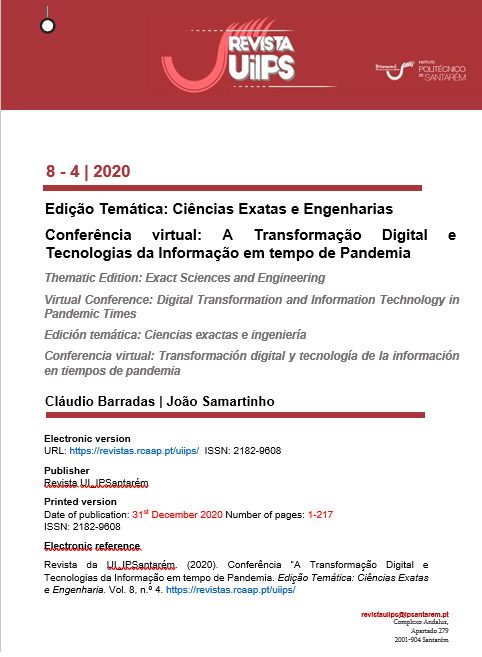The ClassDojo – a virtual window
DOI:
https://doi.org/10.25746/ruiips.v8.i4.21968Keywords:
ClassDojo, Platform, Primary, GamificationAbstract
This article reports how a group of educators and primary teachers in Agrupamento de Escolas de Sampaio, in Sesimbra, invented in a collaborative way, a way to reach students, many of them from families without contact with technology.
The study presents the use of the educational platform, ClassDojo, that uses common dynamics and characteristics in gamification environments, to promote communication between members of the educational community, helping teachers to manage and encourage positive behaviors in the classroom and to build activity guides for home in distance learning situations. It is a platform that depends on the dynamics of the relationship between users, a feature common to games that in this case is used for educational purposes.
In order to obtain the results of this study, a survey was carried out by questionnaire to all primary teachers and educators in the group, after which some interviewees were interviewed in order to assess the benefits and difficulties in using this tool and what repercussions this moment had on the work dynamics of this group.
Downloads
Published
How to Cite
Issue
Section
License
Authors publishing in this journal agree to the following terms:
Authors retain copyright and grant the journal the right of first publication, with the article simultaneously licensed under the Creative Commons Attribution License that allows sharing of the work with acknowledgement of authorship and initial publication in this journal.
Authors are permitted to enter into additional contracts separately for non-exclusive distribution of the version of the article published in this journal (e.g., publish in an institutional repository or as a book chapter), with acknowledgment of authorship and initial publication in this journal.
Authors have permission and are encouraged to publish and distribute their work online (e.g., in institutional repositories or on their personal webpage) at any point before or during the editorial process, as this may generate productive changes, as well as increase the impact and citation of the published work.



